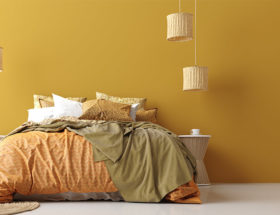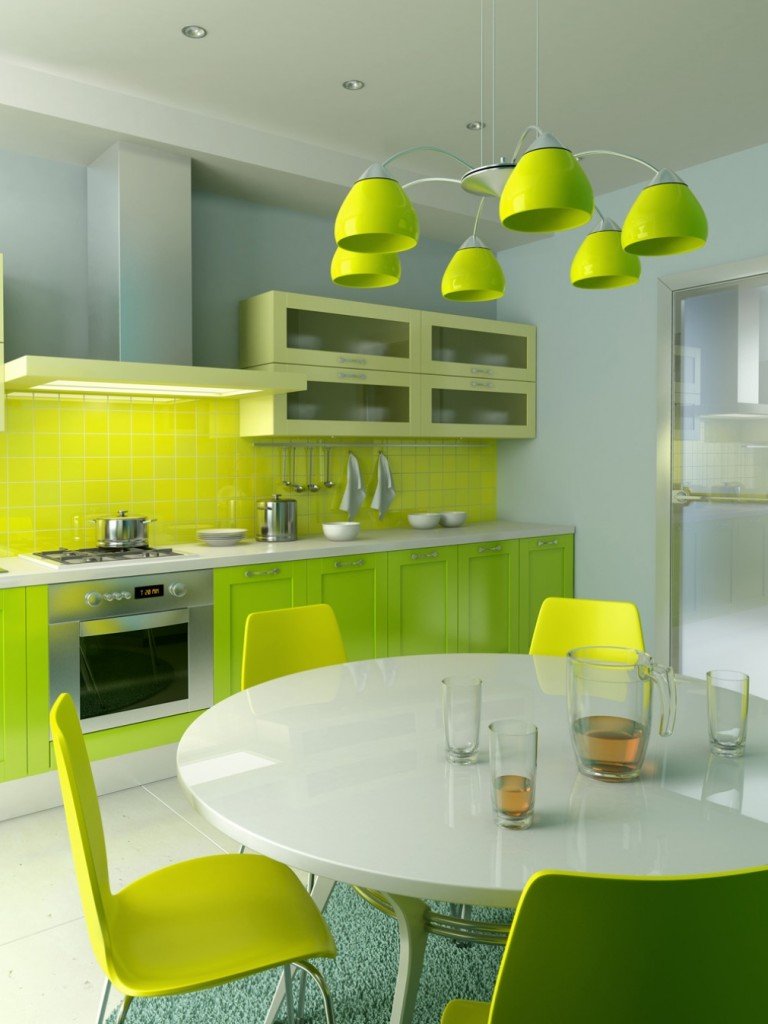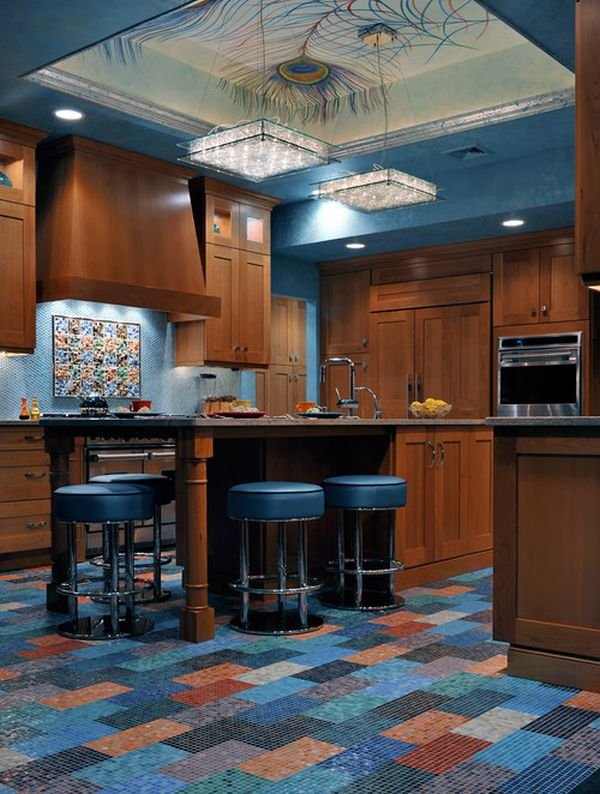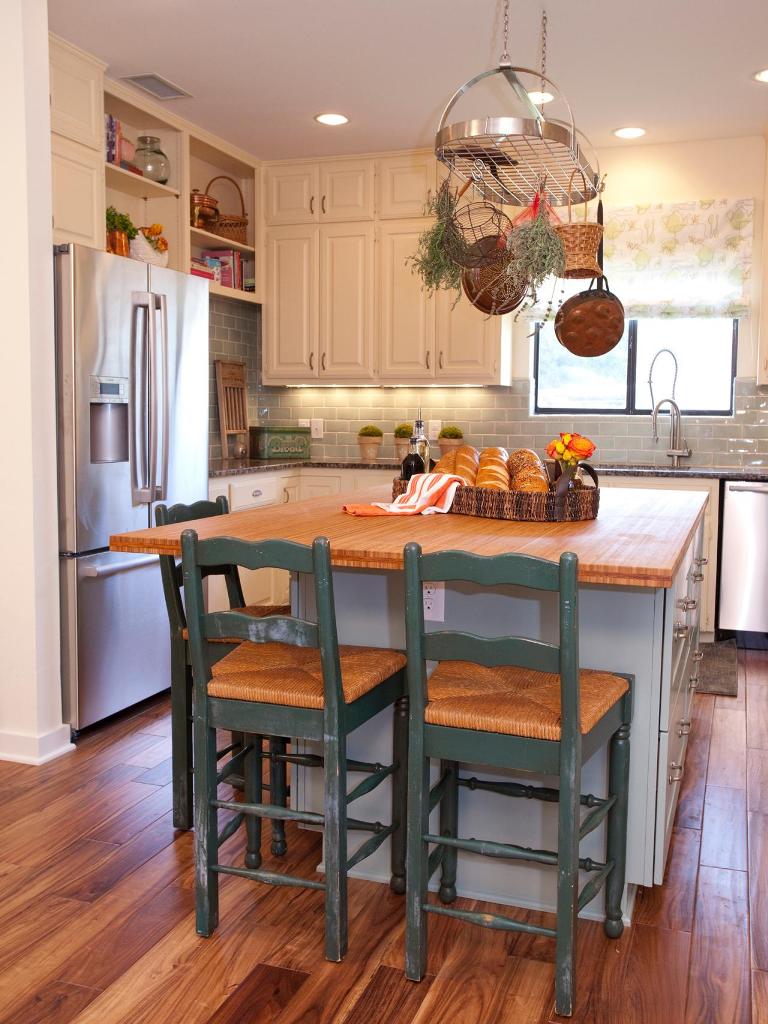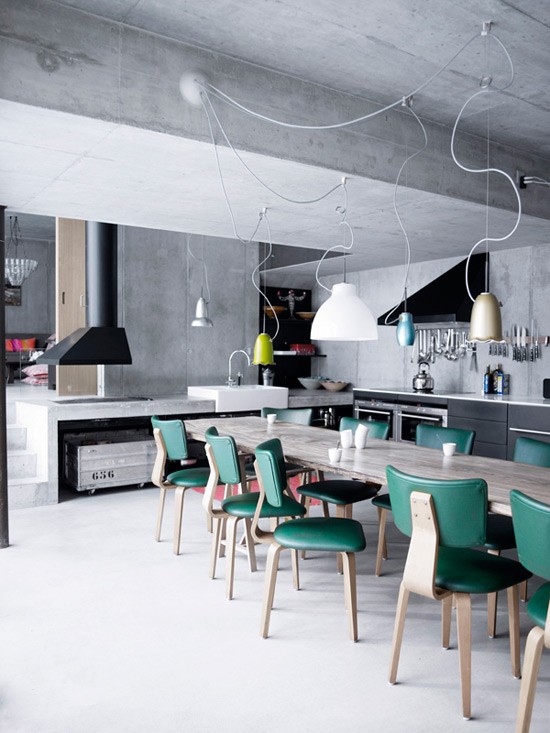The colors in our home vary depending on the amount and type of light that falls on them. For this reason, we must also take lighting into account when choosing the shades of paint that we want for our house. Painting a room with large windows and lots of natural light is not the same as painting a bathroom with a small window.
Natural light varies throughout the day, according to the year’s season and depending on the weather. Our homes will be much brighter in summer than on a cloudy winter day. Still, in addition to these inevitable differences, there are some tips that we can follow to choose the color of the paint for our walls by looking at the orientation of our home.
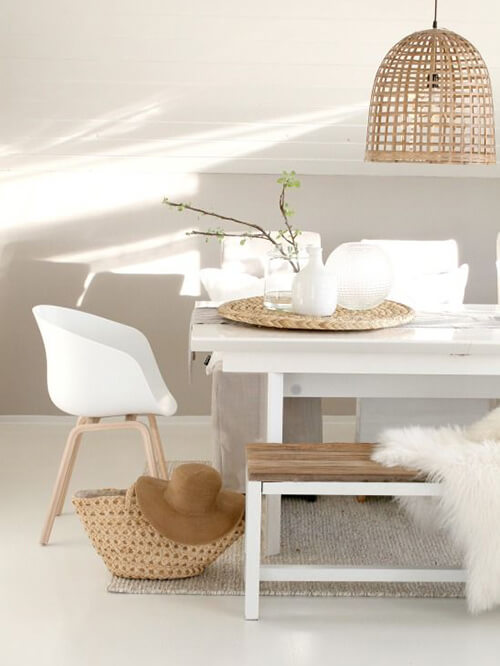
How does natural light affect color?
North facing rooms

On The North Face of our house, the sun will shine only in summer, first thing in the morning and last thing at night. These rooms will be colder in winter, and the lighting will worsen. If we want to create a cozy feeling in them, it is better to use light and relatively warm tones to counteract the effect produced by poor natural light. Avoid colors with a gray, greenish, or bluish base and opt for yellow or pink ones. Also, make sure to place mirrors that reflect light and consider using satin paints or even daring with metallic ones. Reflective surfaces are your allies!
South-facing rooms
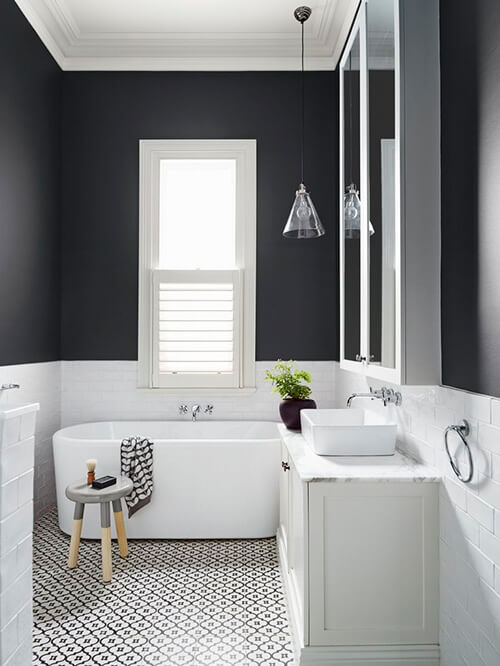
By contrast, south-facing rooms receive a good amount of natural light throughout the day, particularly in winter, spring, and fall. But do not think that you will get rid of direct lighting in the summer; the sun will fall on your rooms located in the south during the central hours of the day when it is hottest.
When it comes to decorating, this extra warm light is very flattering. Most colors will work well, and you can go for more excellent base colors here. The bluish and greenish ones will be perfect, and you can even incorporate dark tones without taking significant risks. Especially if you have large windows, darker colors can be a striking alternative to give a dramatic touch to your rooms.
East facing rooms
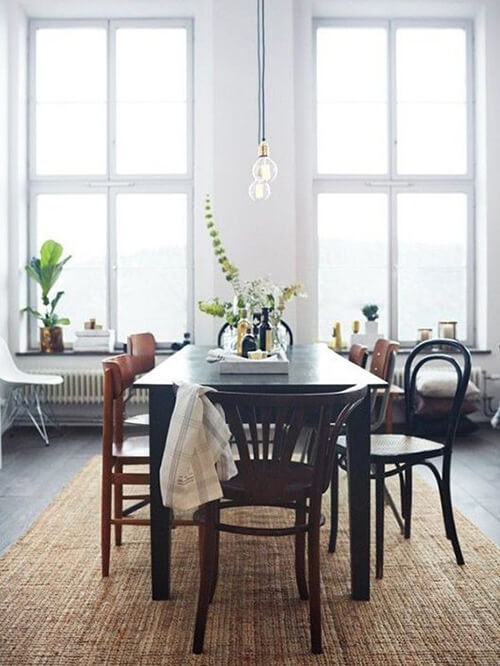
In the east, you will have direct natural light from sunrise to noon throughout the year. Here we recommend light tones so as not to lose luminosity in the middle of the day. Both cool and warm colors are valid, and you can add a darker tone to create contrast without fear of making the room too dark. In addition, light colors will continue to stand out even if the light changes.
West-facing rooms
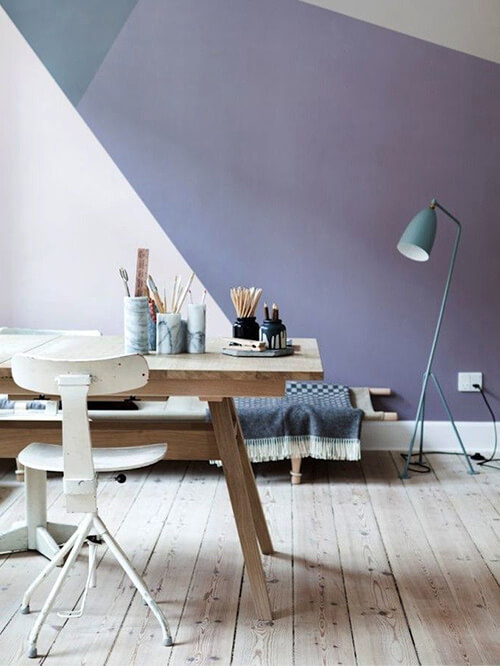
Natural light falls on the west from noon to sunset, just the opposite of the previous case. At sunset, the light is warmer than in the morning, so you can select cool tones for your walls to counteract it a bit. Also, keep in mind which rooms you spend more time in depending on the time of day and that our guidelines are for the northern hemisphere, don’t apply our advice to the contrary.
Finally, before altogether painting a room, use a little trick: choose the paint you want and apply it to a sheet of paper to observe how it varies with different amounts of light throughout the day. So sure you don’t fail!




